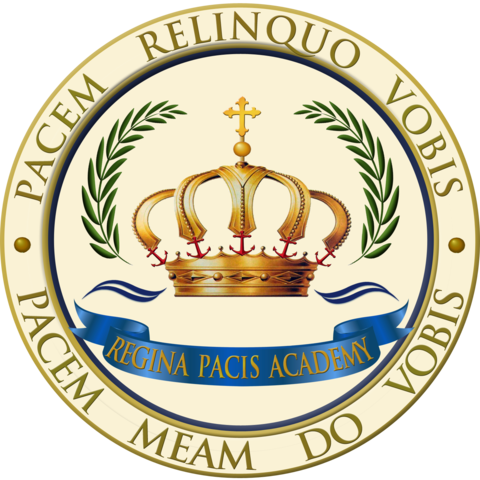If you're considering different private schools to enroll your child in, you may be surprised by some of the subjects they offer. As private schools do not follow the typical curriculum used in public schools, they have the freedom to offer classes that are not available to students who attend public school. While you might expect a Catholic school to offer Bible or religion classes for students, you shouldn't be surprised if they offer classes in cursive handwriting as well.
You would probably be hard-pressed to find cursive handwriting classes outside of Catholic school or other private schools in this day and age, but there are many benefits to learning cursive handwriting. Let's look into some of them below.
1. Cursive Handwriting Develops Motor Skills
The earlier students begin learning cursive handwriting, the better. Fortunately, private schools often begin teaching it early, with some private preschools even beginning early cursive lessons. The Census Bureau reports that 6.7 million young children receive care from a non-relative on a regular basis, with 4.8 million young children attending a preschool or going to daycare. There, they can refine their motor skills through cursive handwriting. It utilizes different hand muscles than print handwriting, encouraging them to refine their motor skills.
2. It Teaches Them How to Learn
By simply learning the complexities of cursive handwriting, children are able to learn how to learn. While it may be confusing at first, it's actually quite important for children to be trained how to process lessons and translate them into their minds. Kids are better able to focus on their lessons once they learn how to learn properly.
3. Cursive Is a Valuable Adult Skill
Kids may not enjoy their cursive lessons in Catholic school initially, but cursive allows them to craft a proper signature. A signature may seem like an insignificant thing, but it's quite valuable later in life. You'll need a signature to sign most legal documents, and the more distinct and legible your signature, the better. Furthermore, being able to read cursive allows older students, and adults, to read primary source documents, like the United States Constitution.
4. It's Beneficial to Students With Learning Disabilities
Did you know that students with learning disabilities like dyslexia often find it easier to read cursive than traditional lettering? Cursive is easier for their brains to process. Giving dyslexic students another option is critical to their learning process.
Don't knock cursive; it may seem old-fashioned, but knowing how to read and write in cursive can offer your child many benefits in the long term. As you look into Catholic schools in your area for your young learner, consider asking about whether cursive handwriting is an offered course.


